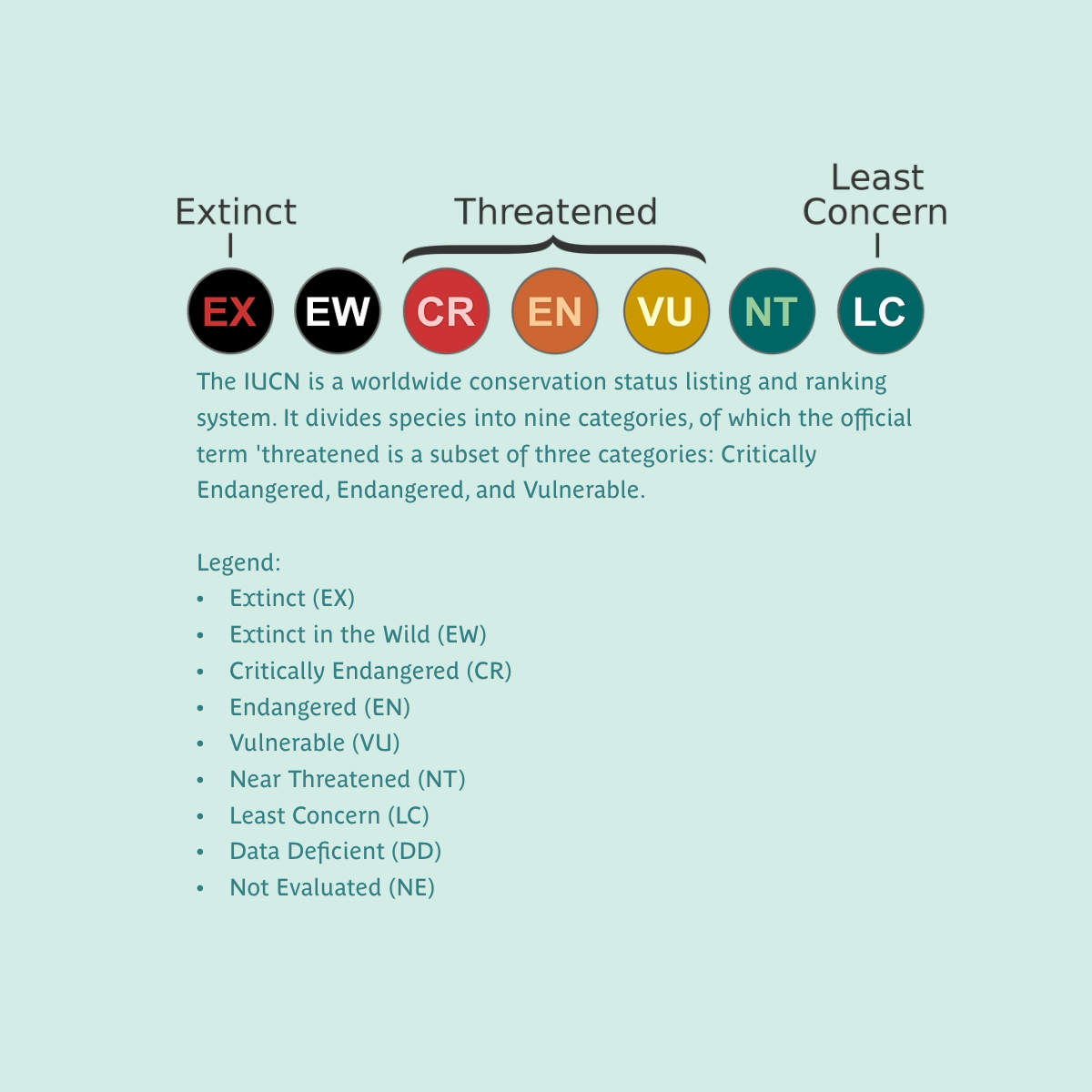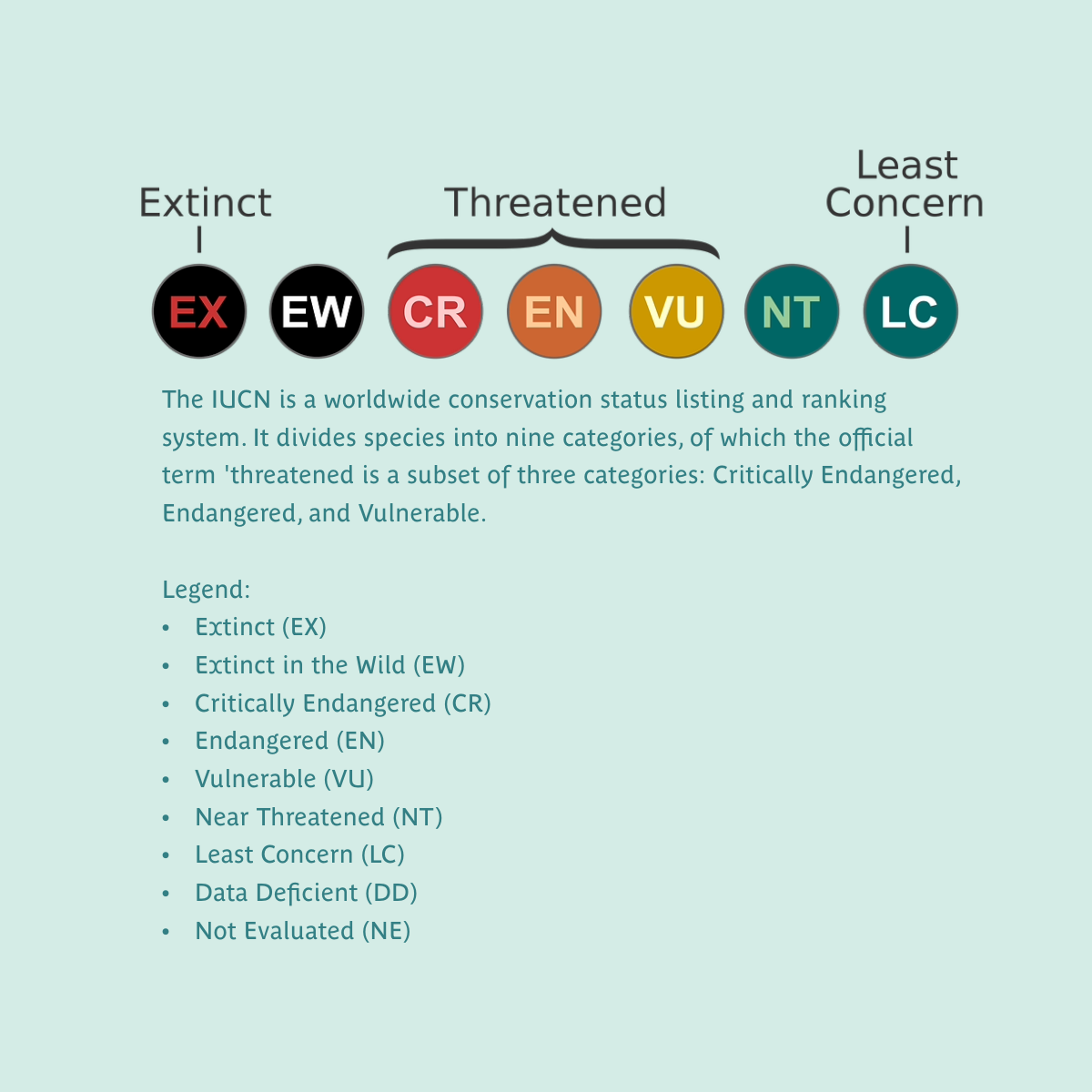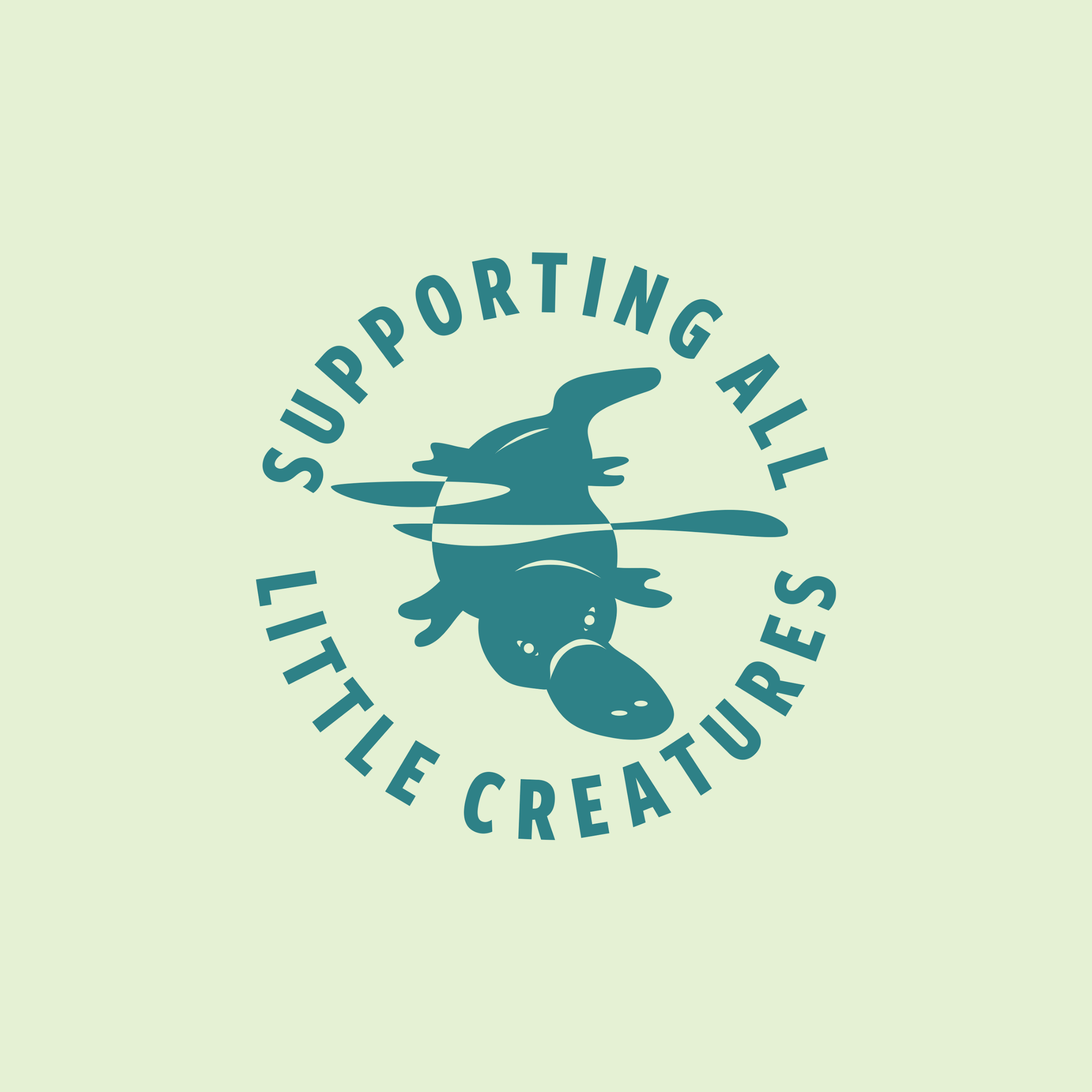Fun Facts
Numbats don't have a varied diet like we do. Instead, their diet consists almost entirely of termites. They commonly eat up to 20,000 termites a day to fill them up!
Their bodies are perfectly designed for finding termites. They use their nose to smell and detect underground termite passageways (called galleries), and they use their pointed noses and long sticky tongues (up to 11cm long) to help them to catch the termites.
Numbats don't need to drink water because they receive sufficient moisture from all the termites they eat.
Numbats also have specialised fur which traps heat from the sun, to help reduce heat loss and keep their bodies warm at night. They sleep in burrows, either in hollow logs, trees or underground in chambers that can be 1–2 m long. They use grass, bark, feathers, leaves and flowers to make warm insulated nests at the end of their burrow.
Where can you find them?
Numbats live in eucalypt woodlands and use to be found across deserts and dry areas of Australia from Western Australia, the Northern Territory and South Australia through to northwest Victoria and western New South Wales. However, they now only exist in some small isolated pockets of south-west Australia. Some small populations have been reintroduced into New South Wales and South Australia to help re-establish and grow their population.
Endangered
Conservation status
It is estimated that there are fewer than 1000 Numbats remaining in the wild. They face threats from substantial habitat loss and destruction as a result of land clearing for farming, development and mining. They also face threats from introduced predators like foxes and feral cats.
Numbats are classified as Endangered by the IUCN Red List. Source: Woinarski, J. & Burbidge, A.A.2016.Myrmecobius fasciatus.The IUCN Red List of Threatened Species2016: e.T14222A21949380.https://dx.doi.org/10.2305/IUCN.UK.2016-2.RLTS.T14222A21949380.en. Accessed on28 July 2023.
Caring for Australia's Wildlife
We want our little ones, and yours, to grow up with a healthy planet, where native plants and animals thrive. That’s why we donate 1 cent from every product sold to support Australian wildlife. We also seek to minimise our impact on the environment wherever possible.
Australian Wildlife facing threats to survival are featured on our packaging, to help raise community awareness and support for these important animals.









